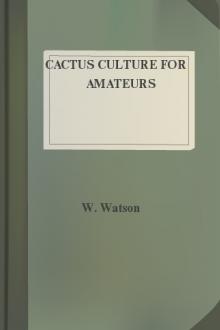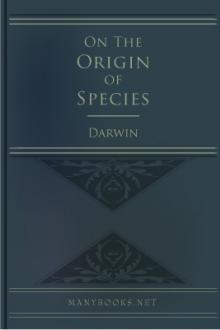Cactus Culture For Amateurs
Book Excerpt
It must not be supposed that all the genera into which Cactuses are divided are characterised by large flowers such as would render their study as easy as the genus taken as an illustration. In some, such for instance as the Rhipsalis, the flowers are small, and therefore less easy to dissect than those of Phyllocactus.
The stems of Cactuses show a very wide range of variation in size, in form, and in structure. In size, we have the colossal Cereus giganteus, whose straight stems when old are as firm as iron, and rise with many ascending arms or rear their tall leafless trunks like ships' masts to a height of 60 ft. or 70 ft. From this we descend through a multitude of various shapes and sizes to the tiny tufted Mamillarias, no larger than a lady's thimble, or the creeping Rhipsalis, which lies along the hard ground on which it grows, and looks like hairy caterpillars. In form, the variety is very remarkable. We have the Mistletoe Cactus, with the appearance of a bunch of Mistletoe, berries and all; the Thimble Cactus; the Dumpling Cactus; the Melon Cactus; the Turk's cap Cactus; the Rat's-tail Cactus; the Hedgehog Cactus; all having a resemblance to the things whose names they bear. Then there is the Indian Fig, with branches like battledores, joined by their ends; the Epiphyllum and Phyllocactus, with flattened leaf-like stems; the columnar spiny Cereus, with deeply channell

 Free Download
Free Download






















